Black Gate 14 Sneak Peek: “The Wine-Dark Sea” by Isabel Pelech
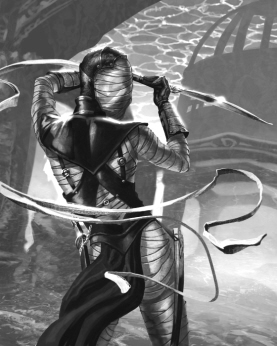 The crumbling passage led to an underwater city, filled with marvels, wild magic… and secrets.
The crumbling passage led to an underwater city, filled with marvels, wild magic… and secrets.
The village witch rowed Newyn to the tainted place, the ocean cove the locals called ya sangra liu — the bloody harbor. No one knew what had happened there, except that once it had not been filled by the sea.
“There.” It was a toothlike stone structure that stuck out of the water to roughly waist-height, in the middle of the miniature bay. “Everyone knows, you walk down that way, you can breathe.”
Newyn studied the protrusion. It was manmade, circular, perhaps the ruined top of a tower. “Do you breathe water, like a fish, or is there air?”
“You’re not floating, if that’s what you mean. You can walk, run, speak if you find anyone to speak to. Near enough to air, even if the fish swim in it.”
“And others have gone down, and come back.”
The witch half nodded, half shrugged. “Come back, yes. But not always whole.”
“Why did they go?”
“Some folks come back ranting about gold… I’d think you might like gold.”
“Oh, I do,” Newyn said, so softly it was almost a hiss. “I do.”
Isabel Pelech has been published in Talebones, Tickled by Thunder and Dreams & Nightmares. She lives in Tennessee with two gray cats.
“The Wine-Dark Sea” appears in Black Gate 14. You can read a more complete excerpt here.
The complete Black Gate 14 Sneak Peek is available here.
Art by Mark Evans.
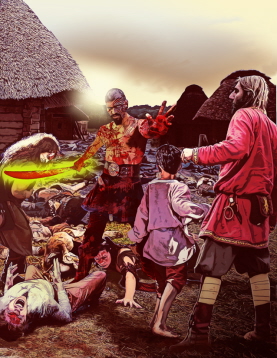 John Ottinger III at Grasping for the Wind has posted the first review of Black Gate 14. Here’s what he says about our latest issue:
John Ottinger III at Grasping for the Wind has posted the first review of Black Gate 14. Here’s what he says about our latest issue: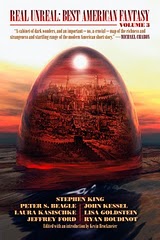 I don’t know whether the third edition of Best American Fantasy, which has found a new home with
I don’t know whether the third edition of Best American Fantasy, which has found a new home with 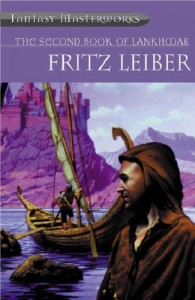 Over at
Over at 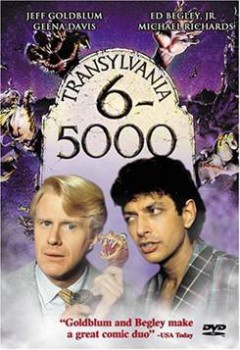 This is the second of two installments which I pre-wrote for the Goth Chick Intern to gratefully post on my behalf.
This is the second of two installments which I pre-wrote for the Goth Chick Intern to gratefully post on my behalf.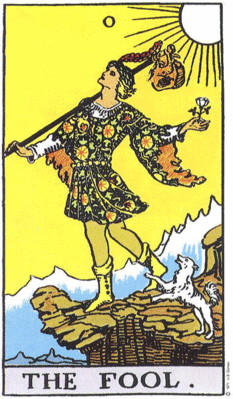
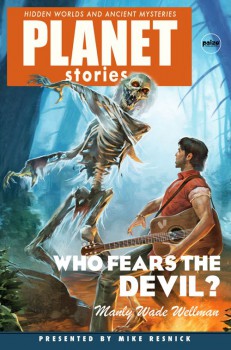 Who Fears the Devil?
Who Fears the Devil? Rogue Blades Entertainment, publisher of fine fantasy anthologies such as Return of the Sword and Rage of the Behemoth, announced a special promotion on some of their newest titles in the pages of Black Gate 14.
Rogue Blades Entertainment, publisher of fine fantasy anthologies such as Return of the Sword and Rage of the Behemoth, announced a special promotion on some of their newest titles in the pages of Black Gate 14.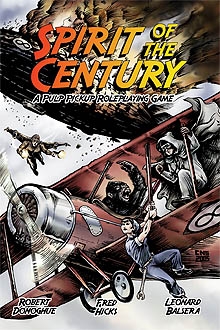 One of the most promising new game systems I reviewed in Black Gate 14 was used for the pulp role-playing game
One of the most promising new game systems I reviewed in Black Gate 14 was used for the pulp role-playing game 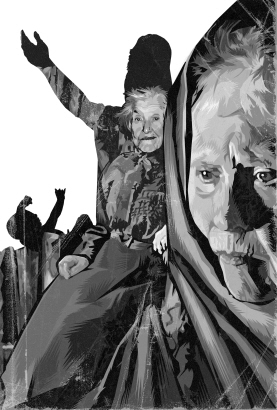 Lady Nyla was once rich and powerful. Now she lived in a hut on a lonely road. But tonight the Mother Goddess gave her back a measure of her old power — to set her against a terrible foe.
Lady Nyla was once rich and powerful. Now she lived in a hut on a lonely road. But tonight the Mother Goddess gave her back a measure of her old power — to set her against a terrible foe.